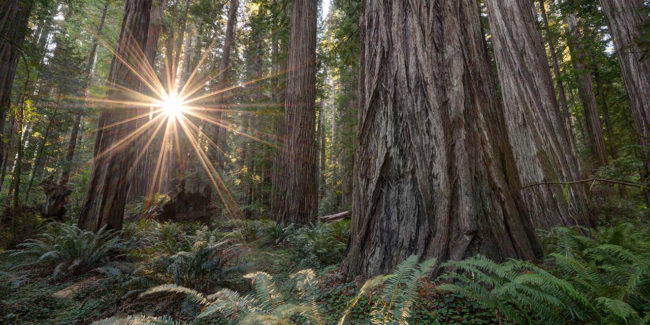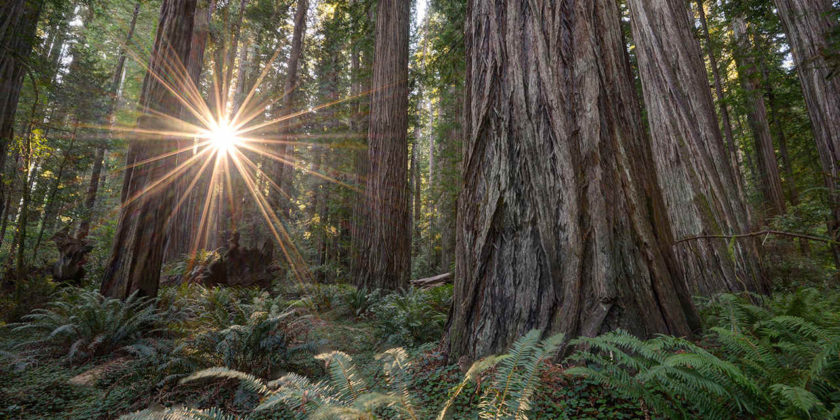
A new study published within Science on 5th July suggests rather strongly that the answer to the question is a resounding “yes”. Rather obviously we need to be able to develop a technology that will extract CO2 from the air, and so what this new study points out is the blindly obvious – we already have it, we simply need to deploy it. – The restoration of trees remains among the most effective strategies for climate change mitigation.
The Study – The global tree restoration potential
Titled “The global tree restoration potential“, within this they lay out the potential that exists.
They mapped the global potential tree coverage to show that 4.4 billion hectares of canopy cover could exist under the current climate.
Rather obviously they excluded existing trees and agricultural and urban areas. Once done they then found that there is still room for an extra 0.9 billion hectares of canopy cover. Plant that and what you have is enough to store 205 gigatonnes of carbon. This of course would be in areas that would naturally support woodlands and forests.
There is also a looming problem
As Climate Change impacts take place it will alter this potential tree coverage. They estimate that if we cannot deviate from the current trajectory, the global potential canopy cover may shrink by ~223 million hectares by 2050, with the vast majority of losses occurring in the tropics. Their results highlight the opportunity of climate change mitigation through global tree restoration but also the point out that we need to do this now to be able to maximise the potential that exists.
The Swiss Authors of this study have a Press Release
You can find the official Press Release here on the ETH Zurich website (ETH Zurich is “Eidgenössische Technische Hochschule Zürich” – it is a science, technology, engineering and mathematics university in the city of Zürich, Switzerland)
There we doscover that the origin for the study is The Crowther Lab within the university. The goal of that lab is to investigate nature-based solutions to climate change.
Author Quotes
Study lead author and postdoc at the Crowther Lab Jean-François Bastin explains:
“One aspect was of particular importance to us as we did the calculations: we excluded cities or agricultural areas from the total restoration potential as these areas are needed for human life.”
Prof. Thomas Crowther, co-author of the study and founder of the Crowther Lab at ETH Zurich:
“We all knew that restoring forests could play a part in tackling climate change, but we didn’t really know how big the impact would be. Our study shows clearly that forest restoration is the best climate change solution available today. But we must act quickly, as new forests will take decades to mature and achieve their full potential as a source of natural carbon storage.”
They also have a Web Tool you can use
A tool on the Crowther Lab website enables users to look at any point on the globe, and find out how many trees could grow there and how much carbon they would store. It also offers lists of forest restoration organisations.
Here is a view of the reforest potential for Europe. The darker green represents greater potential …

… and here of course is North America …

So we just plant More Trees and Job Done?
Er … no.
It is simply one of the many available approaches that would need to be applied concurrently for a viable solution.
Here are a few of the many tweets that make that point.
